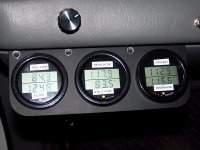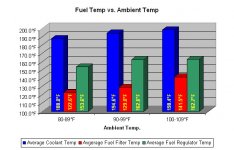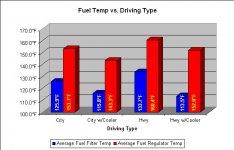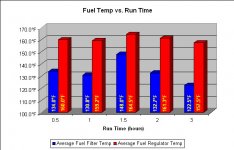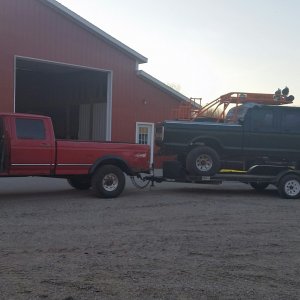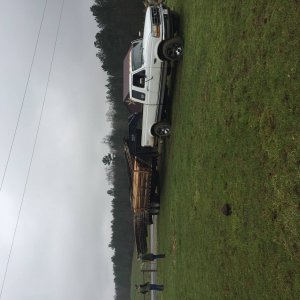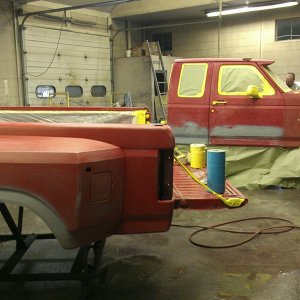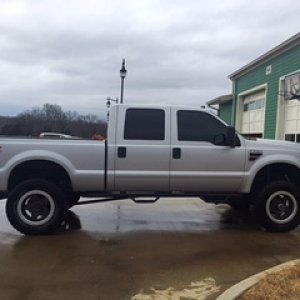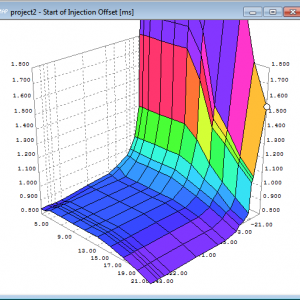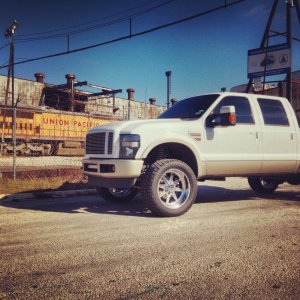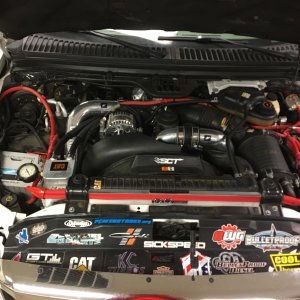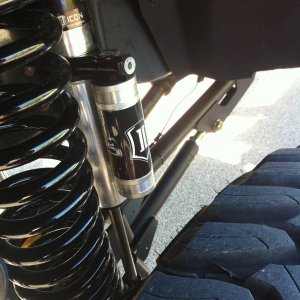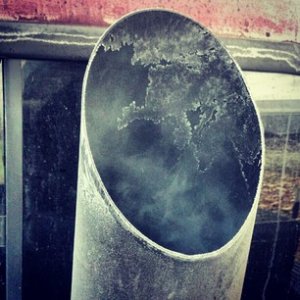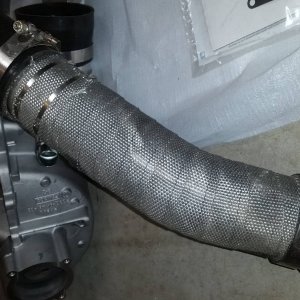Strictly Diesel
Active member
Rebuild the stock setup with what...more of the same stock parts and a stiffer spring? How is that changing or fixing anything?So if the stock poppet is the root of the low PSI evil why invest in a $600 kit when I can buy a $60 rebuild kit?? Seems to reason I rebuild the stock kit and monitor with a FP gauge. Anything that drops below suggested pressure shows the poppet is up to no good.
The issue of whether lower pressure or higher pressure is still up in the air for some people. Some have noticed no change, others have noticed something. What nobody knows right now is the long term effects of running lower pressure...my injector sources want to see 60-70psi for longevity.Bringing this back full circle now. HOW does turning down a RR to 45PSI help the truck?? Since we follow the calling that 45PSI at the OEM point is bad, should it not apply to a RR setup??
In the end, it really doesn't matter whether you run 50psi or 70psi, the benefits of a RR setup over the stock setup are still the same. You get increased flow of fuel through the fuel rails and more reliable pressure management than the stock spring/poppet crap can offer. It's really pretty simple, if you eliminate the leak/drain you have at the front end of the stock system (regulator poppet), the only place fuel can go is through the rails. At that point, either the injectors use it or it reaches the regulator (which is after the rails) and is then returned to the tank.Since it's now being suggested to turn the PSI down one needs to ask what role a RR really plays??
As for the heat issue, I would bet that the time the fuel spends in physical contact with the fuel rail (which is bored down the middle of a cast iron cylinder head) contributes a lot more heat to the fuel than pressurizing it to 60psi. I would also bet that fuel that is constantly flowing through the head (with a bunch of it exiting at the rear and returning to the tank) is probably slightly cooler than fuel that enters a deadhead fuel rail and can only pass through the injectors. While the difference in time actually in the fuel rail may only be fractions of a second, the longer it's in the rail and the slower it moves from the entrance point to wherever it leaves the rail (other end or injector), the more heat it will pick up.
Charles is right about the HP differences and needing some actual data. Ideally this would be data that has been backed-up on different vehicles and different dynos...since we've already had a few people do it here and report "butt dyno" improvements...and one report no change at all. My bigger concern is what does the reduced pressure do to injector longevity since we know that 6.0L injectors are sensitive to pressure problems? I personally would trade a few HP for longer life.

